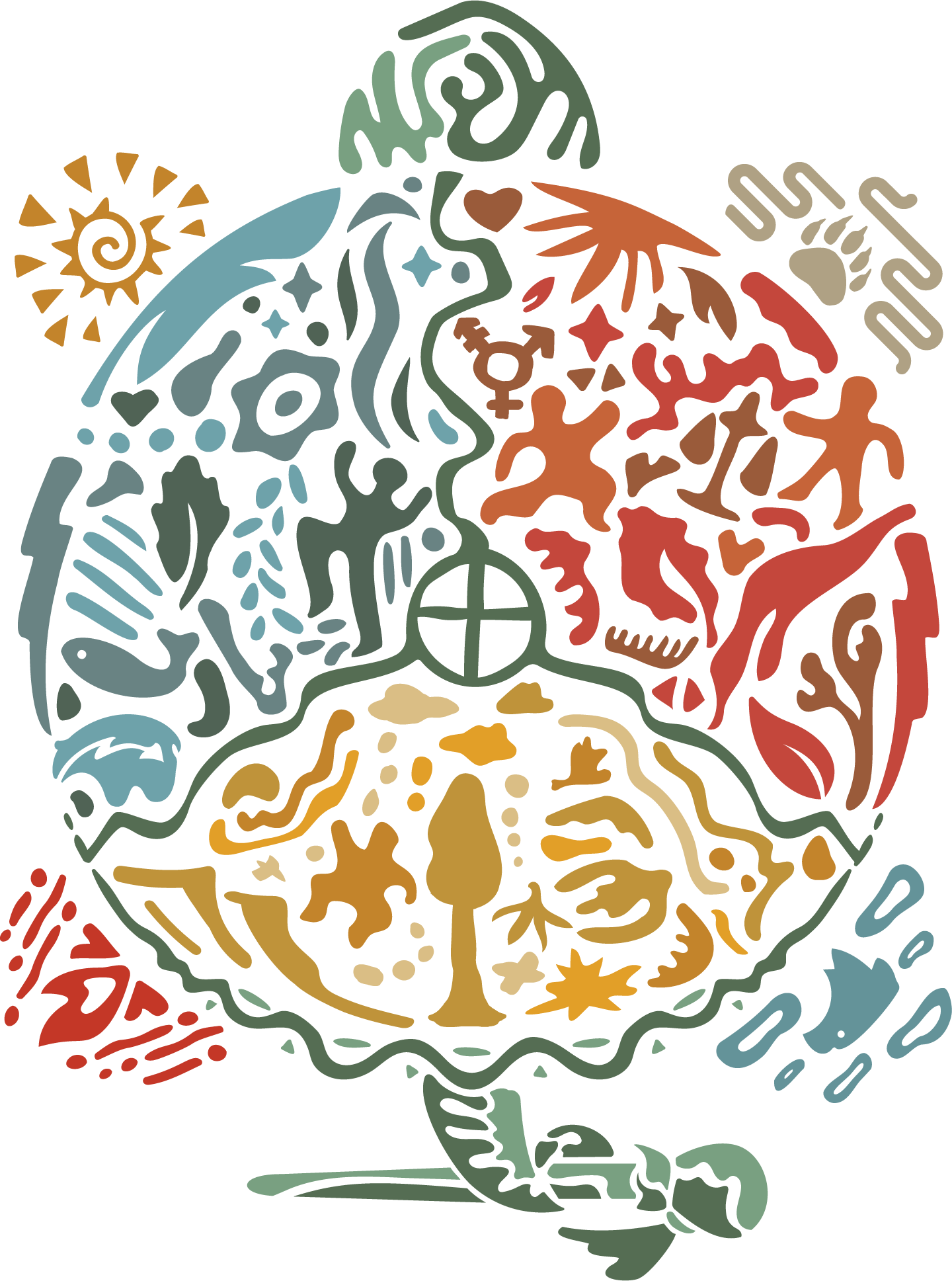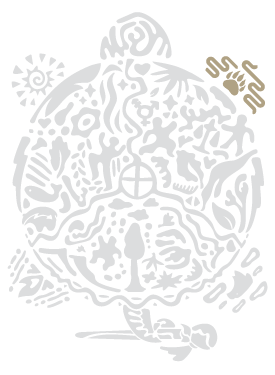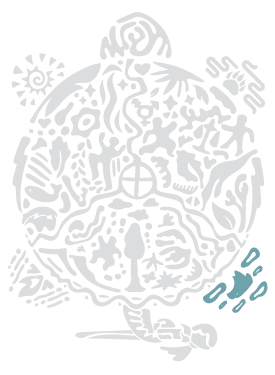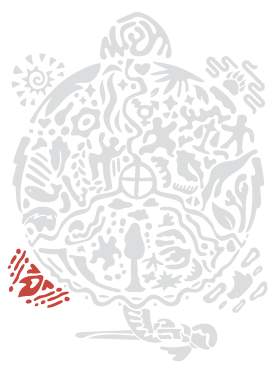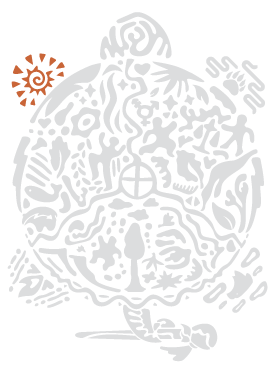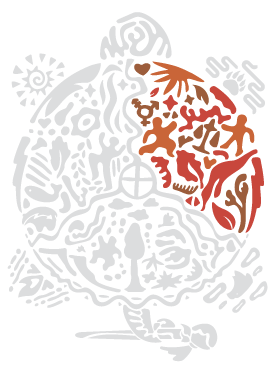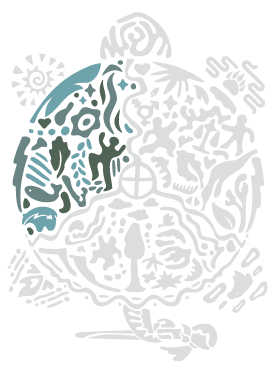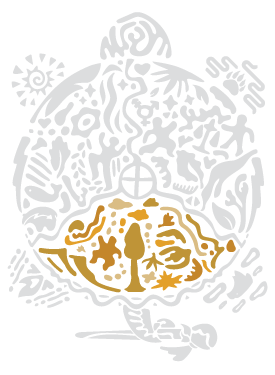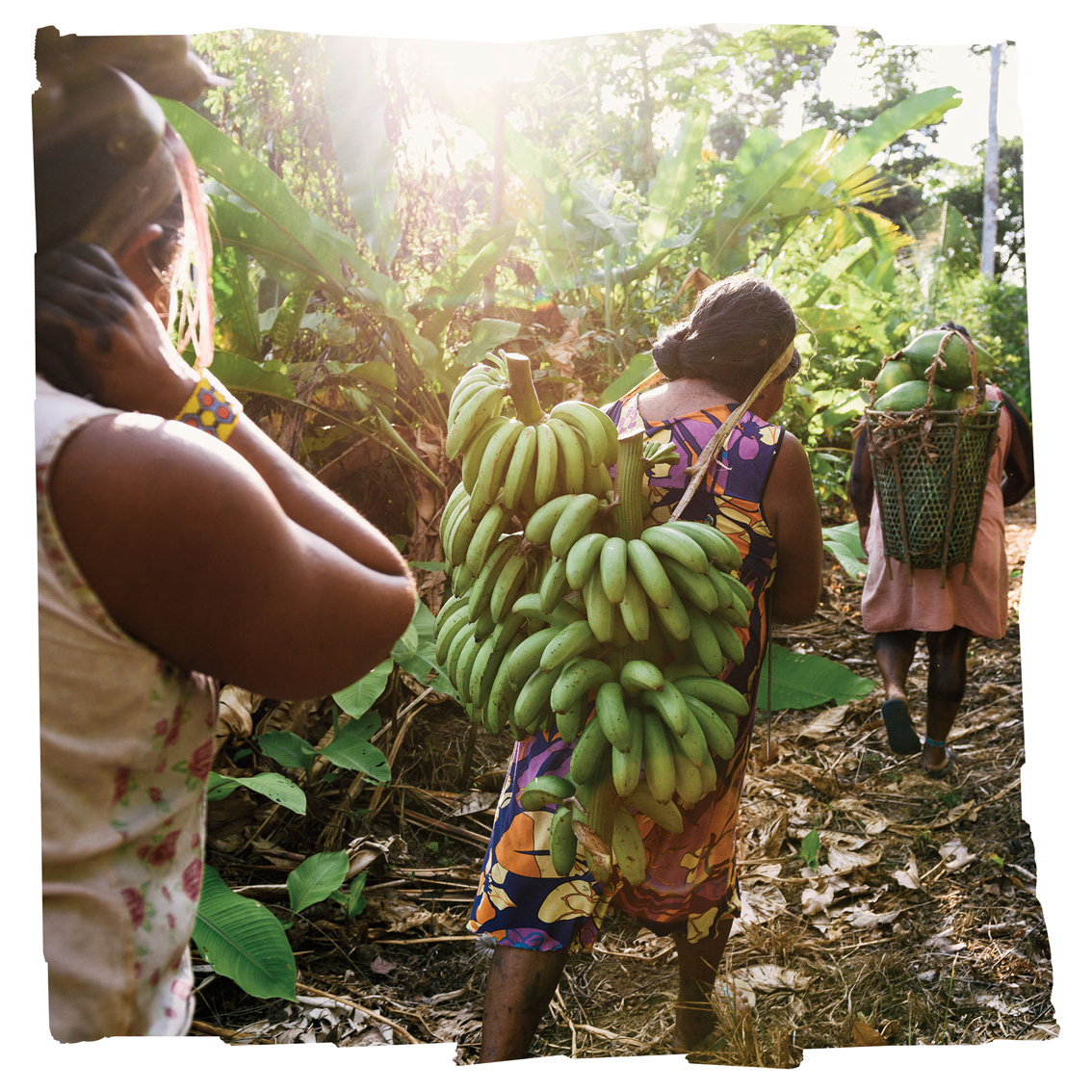The Voice, Choice, and Action (VCA) Framework
A Conservation Practitioner’s Guide to Indigenous and Community-Led Conservation
VERSION 2.0
The Voice, Choice, and Action (VCA) Framework is our common approach to supporting Indigenous and local community authority and capacity in natural resource management and decision making. The VCA Framework is intended for situations where human well-being and environmental outcomes are linked and interdependent, where the leadership of Indigenous Peoples and local communities is essential to achieving shared goals, where power imbalances may hinder achieving positive results for people and nature, and where projects may significantly impact local communities.
Indigenous Peoples and local communities are vital leaders in the pursuit of lasting solutions to the world’s most pressing environmental and human well-being challenges. They manage or have tenure rights over more than 25 percent of the world’s land and more than double that is claimed but not yet legally recognized, including interconnected systems of forests, grasslands, wetlands, rivers, lakes, the underlying groundwater, and coasts. With their territories harboring more than 24 percent of the world’s tropical forest carbon, and much of global biodiversity, and with nine out of 10 of the 32 million fishers worldwide being small-scale or artisanal fishers, Indigenous Peoples and local communities are critical partners, and have proven to be the most effective stewards of nature in the world.
The VCA Framework is also available in multiple languages as a PDF for download and use off-line.

